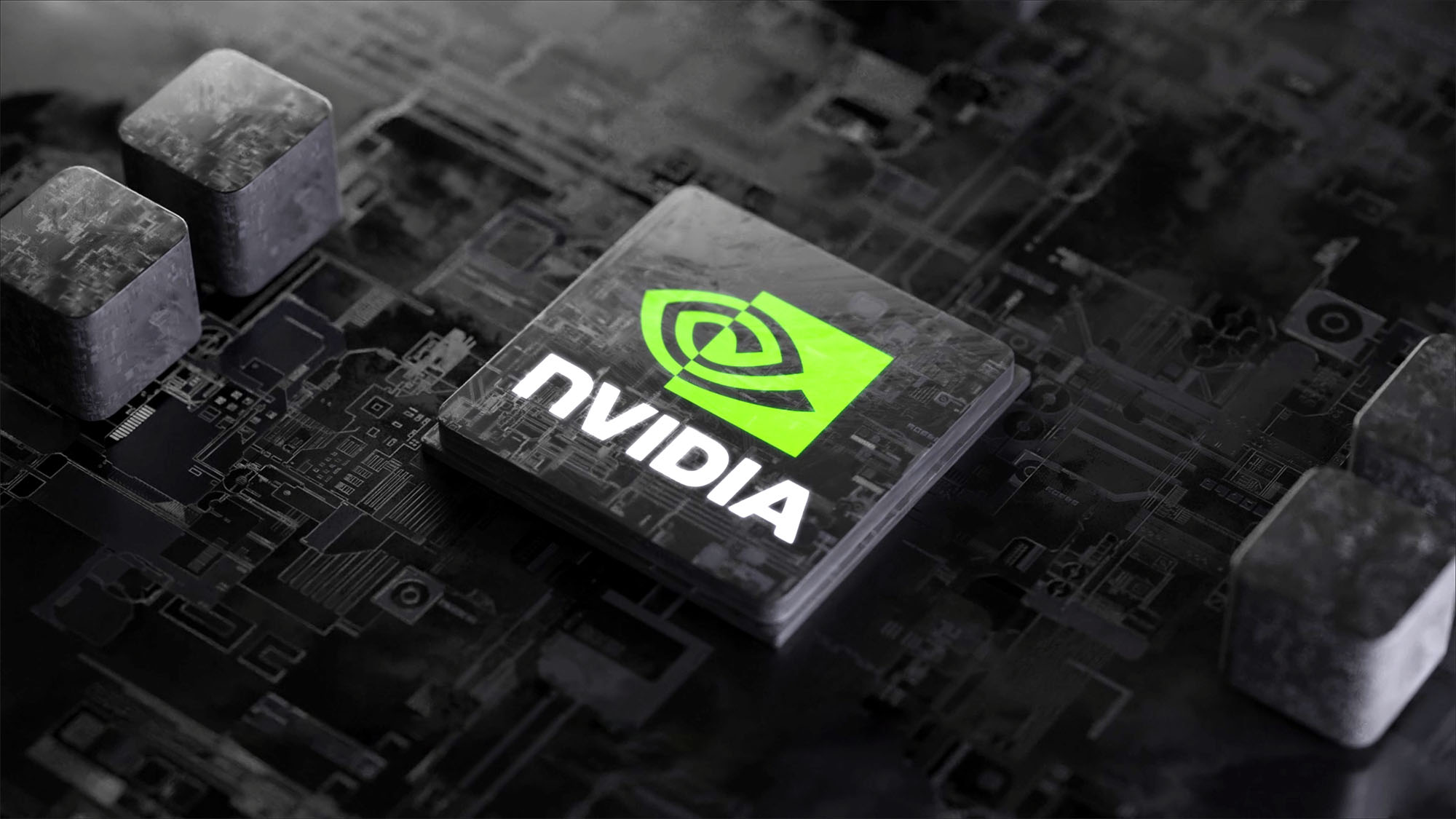
On Monday, Intel saw a 3% decline in its stock value, as per Reuters’ report on Nvidia and AMD’s collaboration in developing Arm-based PC chips. Meanwhile, Arm’s stock witnessed a nearly 5% surge, and Nvidia’s stock also experienced a significant 4% gain in late-day trading on the same day.
Intel currently dominates the market for PC chips, with AMD as the second-largest player. Notably, sales of PC chips constitute over half of Intel’s revenue for the June quarter.
Intel’s PC chips are rooted in the x86 instruction set. In contrast, Arm-based instruction set chips, commonly used in smartphones, are known for their energy-efficiency, a crucial feature for battery-powered devices.
Apple’s recent transition from Intel to in-house Arm processors for its laptops and PCs resulted in a short-term sales boost and longer battery life for its devices.
According to Reuters, Nvidia is expected to unveil a PC chip based on Arm architecture as early as 2025, while AMD is also reportedly planning its own Arm-based chip for PCs running Microsoft Windows.
Adapting software from the x86 instruction set to be compatible with an Arm-based processor can be a time-consuming and challenging process. Nevertheless, Windows is already capable of running on Arm chips seamlessly.
Qualcomm has been diligently working on its Arm-based PC chips for several years, though it has yet to achieve significant sales traction. The company has a launch event scheduled for later this week.
In a recent initial public offering, Arm highlighted its long-term agreements with leading chip manufacturers for the use of its technology in their chips.
Arm, AMD, and Nvidia have chosen not to comment on the matter, while Intel did not immediately respond to CNBC’s request for comment.
